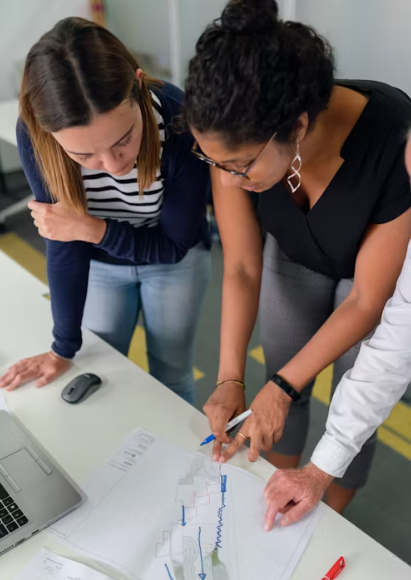Two Stage Assessments
Promoting Collaboration and Feedback for Students

Two-stage assessments can provide students with an engaging alternative to traditional assessment. The first stage of the assessment is completed individually and in the second stage students complete the same assessment in groups of 3 or 4. This assessment method incorporates collaborative group work in a test or exam setting. During a test student motivation is high and instructors can use this high incentive to promote and enhance learning and content retention.
Implementation
Stage 1: A standard individual test written for a duration of approximately 2/3 of the total time.
Stage 2: In the second stage, students will complete the same test in small groups for the remaining 1/3 of the time. The students have already worked on each question during stage 1 so completing the same exam in stage 2 takes less time and allows the group to focus on discussions and finding a consensus for the best solutions.